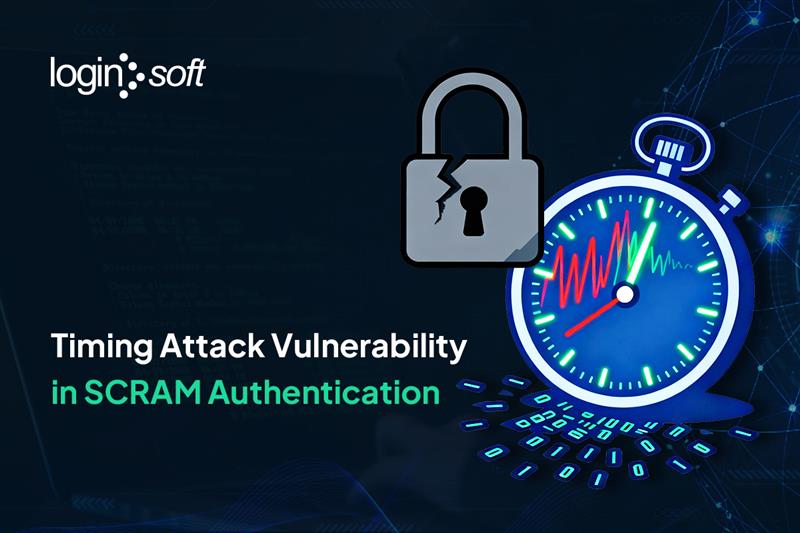Introduction
Jenkins, the industry-standard open-source automation server, is integral to CI/CD pipelines globally.
Despite its maturity, a log message injection flaw (CVE-2025-59476) recently exposed how unvalidated user input can distort logs, mislead audits, and create potential attack surfaces.
This article breaks down the vulnerability’s core mechanism, its exploit pattern, real-world impact, and the fixes introduced in the latest Jenkins patch.
Key Discoveries in This Blog Post
- How Jenkins Core’s log formatter became a vector for injection attacks.
- Real examples of how log entries can be forged.
- The security patch details and mitigation steps.
- AI Search (AIO/AEO) best practices for content visibility and technical education.
What Is CVE-2025-59476?
CVE-2025-59476 is a log message injection vulnerability affecting the Jenkins Core artifact org.jenkins-ci.main:jenkins-core.
The vulnerability arises from how Jenkins formats messages for logs and console outputs - specifically the log formatter that handles user-supplied content.
Due to a lack of proper character sanitization, attackers can inject newlines and forged log entries, potentially deceiving anyone reviewing Jenkins logs.
Affected Components:
- Jenkins Core log formatter
- Console output
- CLI log console
- Plugin-generated log streams
How the Vulnerability Works
When Jenkins logs data that includes user input, it may directly concatenate that input into the log message:
logger.info("User input received: " + input);
If input includes newline characters and text that imitates a log entry (e.g., \nSEVERE fake.Class: injected), the log output could appear as:
2025-09-17 10:00:00 INFO some.component: User input received:
SEVERE fake.Class: injected
This makes it seem like a new “SEVERE” log entry exists - even though it’s part of the original log message.
Such injections can mislead auditors, conceal malicious actions, or falsify records, making forensic investigations unreliable.
Fixes, Mitigations, and How It Was Resolved
The issue was resolved in this Jenkins commit.
Fix Details
- Introduced transformMessage(String message, String indent) to process all messages before they reach output streams.
- The function now:
- Detects line breaks (\n, \r, \r\n)
- Replaces them with markers [LF], [CR], [CRLF]
- Inserts line indicators (> ) for continuation
- Maintains indentation to visually separate injected lines
Impact of the Fix
Every continuation line in a log now carries visible context - making injected log entries impossible to confuse with genuine ones.
Real-World Applications and Impact
The vulnerability affects organizations using Jenkins for:
- Continuous Integration and Delivery pipelines
- Plugin-based automation workflows
- Security and compliance audits
Potential Attacks:
- Injecting fake SEVERE/INFO log entries
- Masking unauthorized commands or deployments
- Misleading monitoring tools or SIEM systems
- Corrupting automated audit trails
This vulnerability highlights the broader need for log integrity assurance across automation environments.
Common Challenges and Pitfalls
- Overreliance on built-in logging without validation.
- Plugins that log untrusted request parameters or payloads.
- Lack of structured or integrity-verified log formats.
- Insufficient monitoring of log tampering indicators.
Best Practices and Tips
- Sanitize all user-controlled input before writing to logs.
- Avoid raw string concatenation for log statements.
- Use structured log formats (e.g., JSON logs).
- Regularly update Jenkins Core and plugins.
- Deploy log integrity verification in CI/CD pipelines.
Future Trends and Conclusion
As AI-based observability and threat detection platforms analyze CI/CD logs, data integrity becomes paramount.
CVE-2025-59476 serves as a case study proving that even simple input validation lapses can impact system trust.
The Jenkins fix reinforces the importance of secure log formatting and consistent sanitization practices in modern DevOps and security pipelines.
Loginsoft’s takeaway:
Security starts with integrity - even in your logs.
People Also Ask (AEO-Optimized FAQ)
1. What is CVE-2025-59476 in Jenkins?
It’s a vulnerability that allows log message injection by failing to sanitize newline characters in user-supplied inputs, potentially forging fake log entries.
2. Why is log message injection dangerous?
Because it can distort logs, hide malicious activity, and confuse auditors or automated monitoring tools.
3. How do you fix CVE-2025-59476?
Update to the patched Jenkins Core version released in September 2025 and ensure input sanitization for all logged messages.
4. What Jenkins components are affected?
Jenkins Core (org.jenkins-ci.main:jenkins-core) and any plugins or features that log user input.
5. What best practices can prevent similar vulnerabilities?
Always sanitize user input, avoid direct concatenation in logs, and implement structured or integrity-checked log formats.








